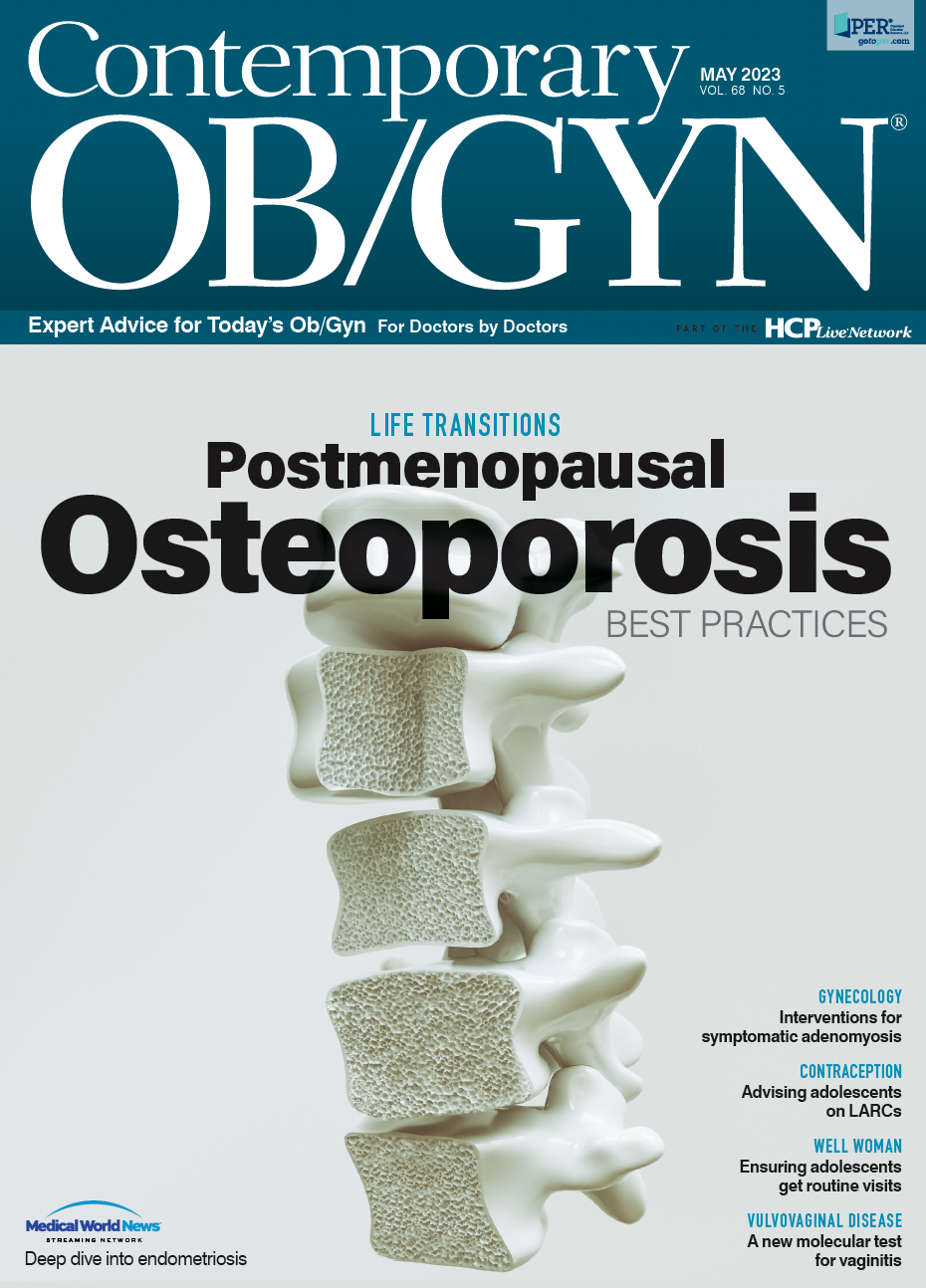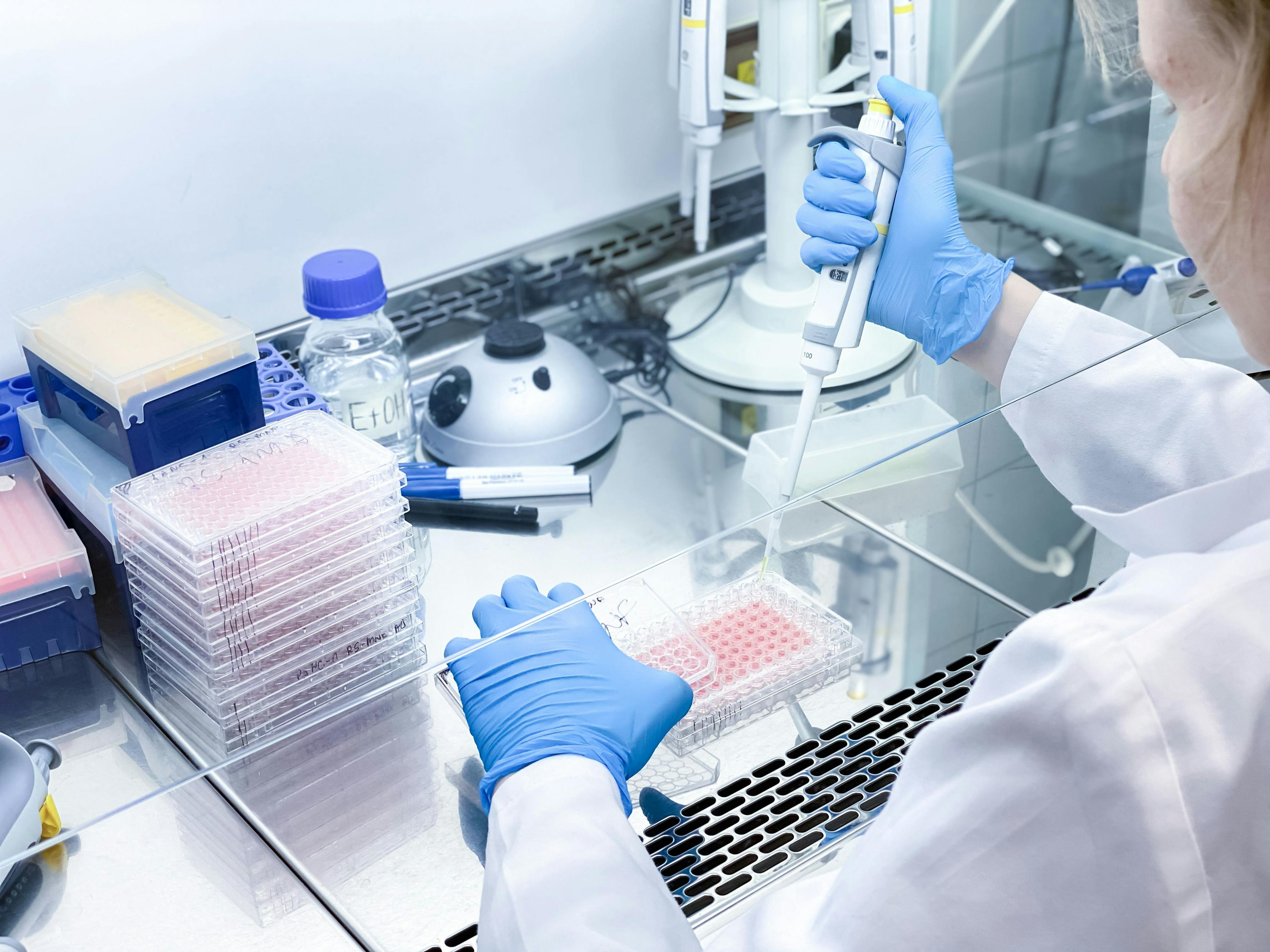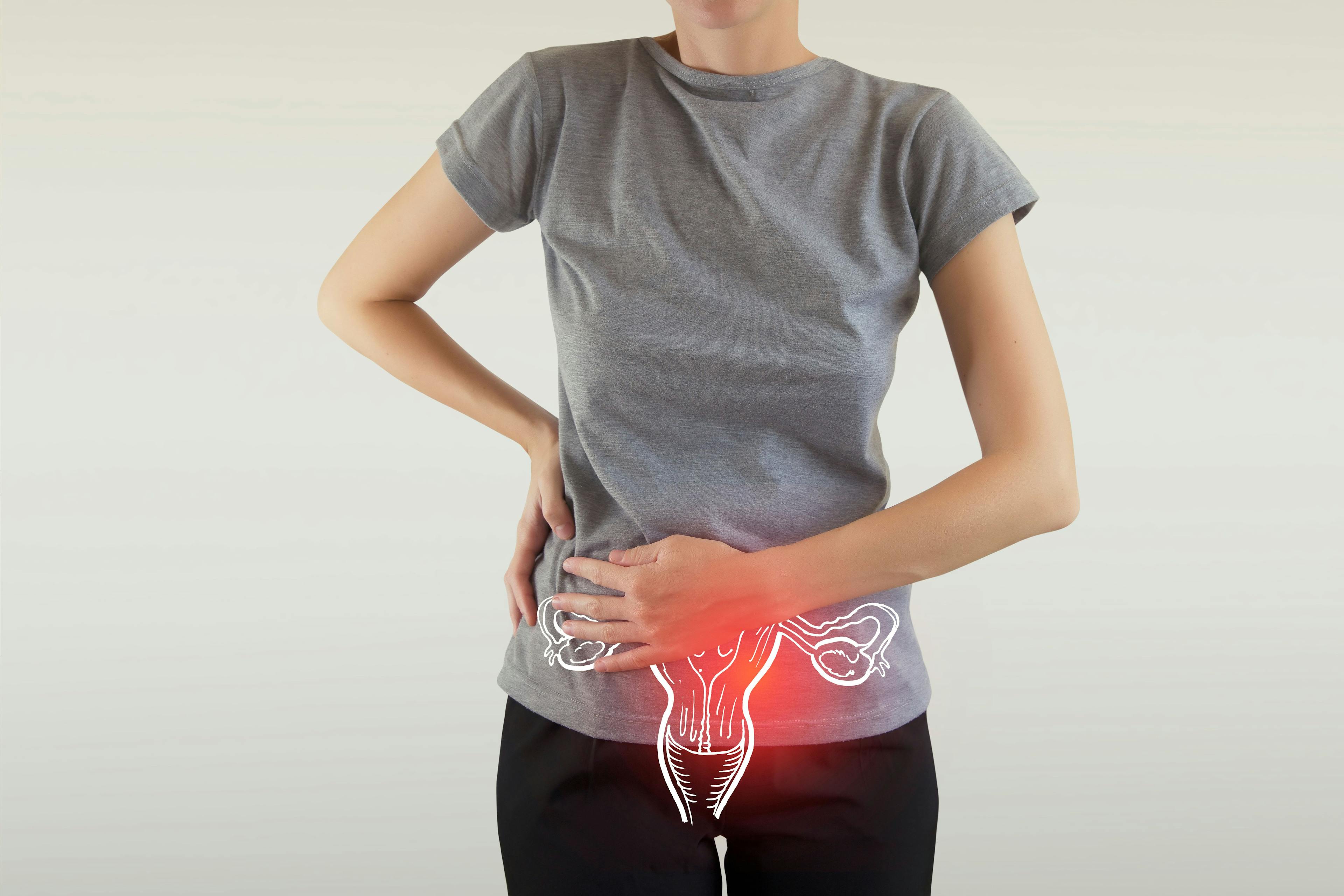Variety found in quality of data for medications in lactating women
In a recent review, significant variety and dearth was found in the quality of supportive data which influences recommendations for use of medications in lactating women.
Data guiding recommendations for medication use in lactating women varies significantly in quality, according to a recent study published in The Journal of Maternal-Fetal & Neonatal Medicine.
Short- and long-term benefits have been observed for both the parent and child during breastfeeding. Postpartum breastfeeding has been reported in 83% of breastfeeding individuals, but the risk of acute and chronic health problems such as depression, diabetes, and hypertension is greater in this population.
Over half of postpartum women need 1 or more medications, and the chances of exclusive breastfeeding are 30% lower in women with complex pregnancies compared to those with uncomplicated pregnancies. This may be linked to women on medication being discouraged from breastfeeding because of little evidence on how medication affects lactation.
To analyze the quality of data on how medication affects lactation, investigators reviewed the National Library of Medicine and National Institutes of Health LactMed database, an online database including data on medication levels in breast milk and infant blood. The database was downloaded December 2020 and evaluated from December 2020 to March 2021.
In LactMed, data was divided based on maternal drug levels, infant drug levels, effects on breastfeeding infants, and effects on breastmilk and lactation. The World Health Organization Anatomic Therapeutic Chemical classification system was used to classify medications. Data classifications included absent data, minimal-moderate data, and strong data.
Medications with no available research studies were classified as absent data, those limited to an observational study or case report as minimal-moderate data, and those with data from pharmacokinetic or pharmacodynamic, cohort, case control, or randomized control studies as strong data.
Information from previous reviews on drugs in breastmilk was used to compile a list of the top 103 medications prescribed during pregnancy. Comparisons were made between the overall classification classes for each medication and the general LactMed database.
Of the 1408 medications evaluated, no associated data was found for 51%, minimal-moderate data for 47%, and strong data for 2%. The highest proportion of supportive data was seen in the maternal drug level category, while the lowest was seen in the effect on lactation category.
The strongest supportive data for medications used in women was for sex hormones and nervous system medication classes, while the weakest data was for galactogogues, respiratory, and blood forming organs classes. This data showed significant variety in the quality of data for these medications.
"Reviewing the LactMed database it is clear that there is significant variability and dearth in the quality of data guiding recommendations for use of medications in lactation," said Catherine Spong, MD. "Given the frequent use of medications in this time period it is clear this is critically important and a ripe opportunity for research."
Reference
Fomina YY, Byrne JJ, Spong CY. Evaluating strength of recommendations for commonly administered medications in lactating women. The Journal of Maternal-Fetal & Neonatal Medicine. 2023;36(1). doi:10.1080/14767058.2022.2163626






























